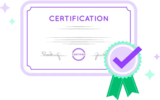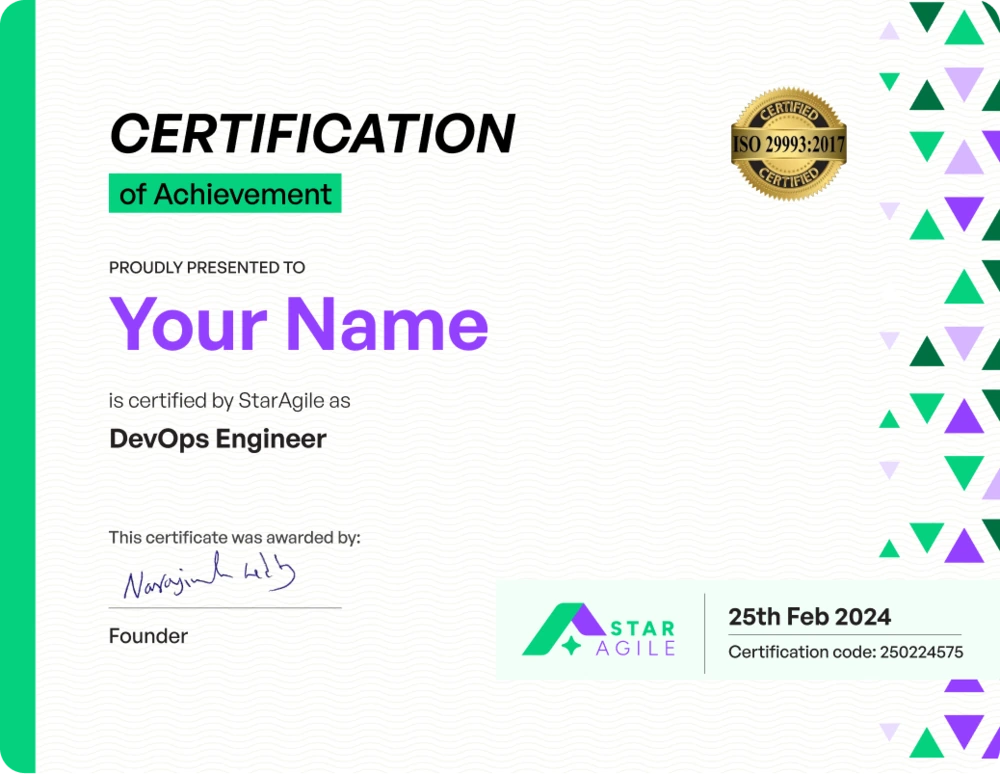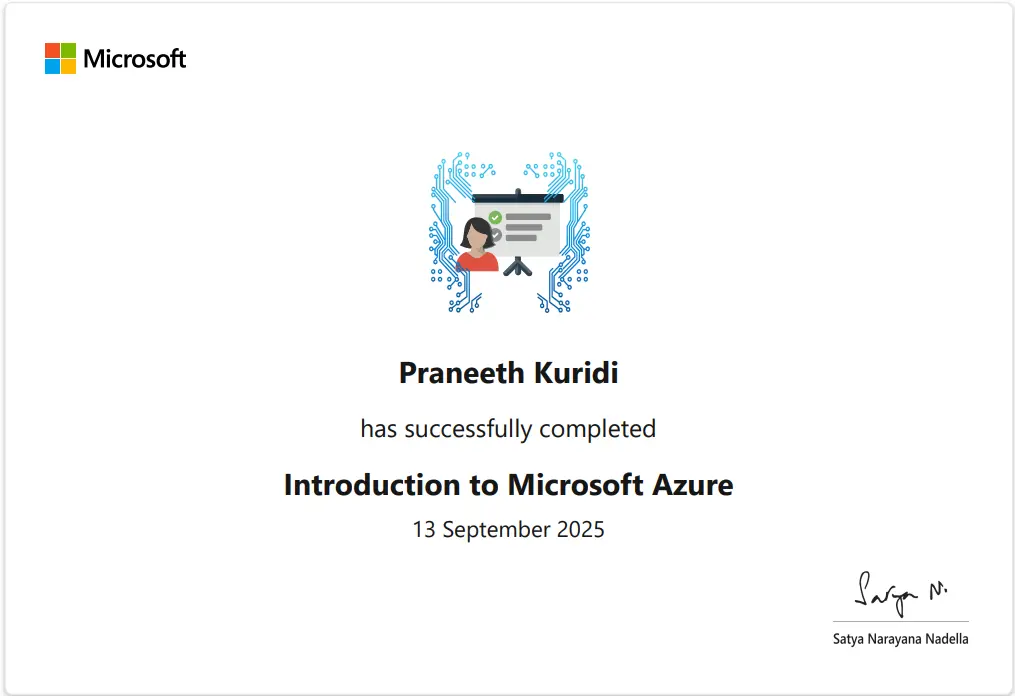DevOps Course in Bangalore with GenAI - 100% Placement

 Learn DevOps with Gen AI - Master AI-driven automation workflows
Learn DevOps with Gen AI - Master AI-driven automation workflows  150+ Hours of live instructor-led DevOps course in Bangalore
150+ Hours of live instructor-led DevOps course in Bangalore  Practical Assignments with real-world scenarios
Practical Assignments with real-world scenarios  Expert Career Services to Help You Land Your Dream DevOps Job
Expert Career Services to Help You Land Your Dream DevOps Job  3 Capstone Projects to build your professional portfolio
3 Capstone Projects to build your professional portfolio  6 Months Internship Certificate to boost your resume
6 Months Internship Certificate to boost your resume
DevOps Learning in Bangalore Key Features
 Learn DevOps with Gen AI
Learn DevOps with Gen AI  150+ Hours of live instructor-led training
150+ Hours of live instructor-led training  100+ Hours of Practical Assignments
100+ Hours of Practical Assignments  4 Interview calls every month until you get placement
4 Interview calls every month until you get placement  Expert Career Services to Help You Land a Job
Expert Career Services to Help You Land a Job
 Assured Minimum Package 5-25 LPA
Assured Minimum Package 5-25 LPA  3 Capstone Projects
3 Capstone Projects  Dedicated Mentor for Instant Doubt Clarification
Dedicated Mentor for Instant Doubt Clarification  6 Months Internship Certificate
6 Months Internship Certificate
Significant Demand Growth Since 2020
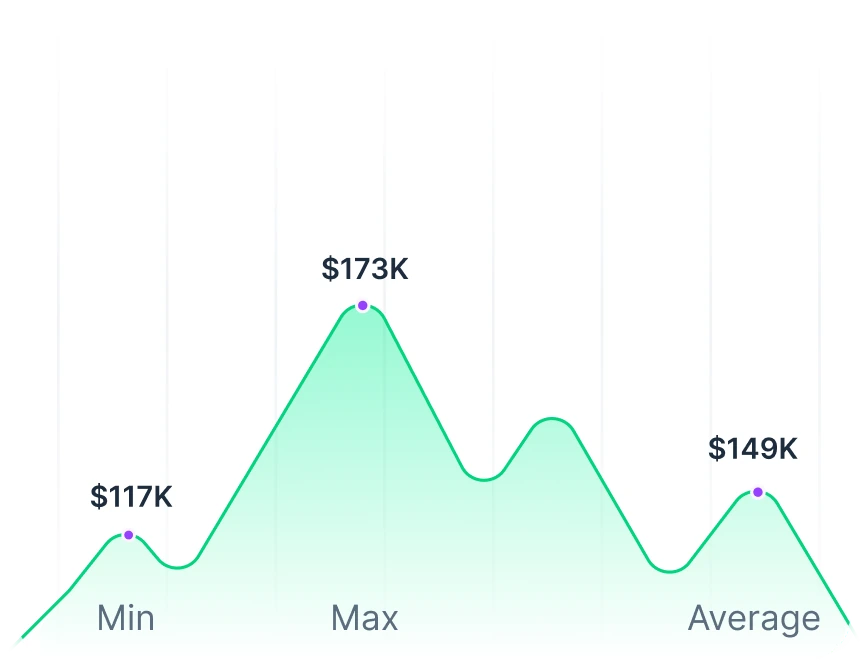









Cloud Engineer roles
Career Transformation


Testimonials


Let's walk you through the journey at StarAgile


- Module 1
- Module 2
- Module 3
- Module 4
- Module 5
- Module 6
- Module 7
- Module 8
- Module 9
- Module 10
- Module 11
- Module 12
- Module 13
- Module 14
- Module 15
- Module 16
- Module 17
- Module 18
- Module 19
- Module 20
- Module 21
- Module 22
- Module 23
- Module 24
- Module 25



- Profile and Resume building
- Business Communication
- Competency Test
- Mock Interviews
- Profile and Resume building
- Portfolio Building
- Build highly optimized Resumes and Cover Letters
- Build your LinkedIn Profile




for placement program


fee of INR (80,000) 20,000



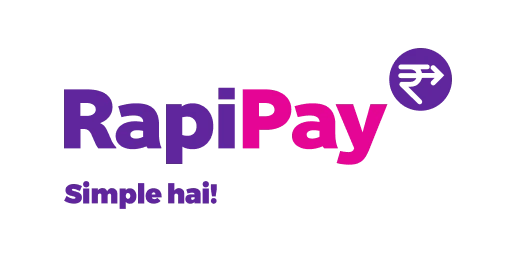
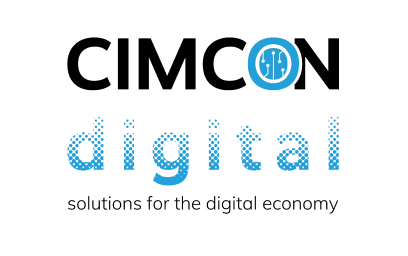
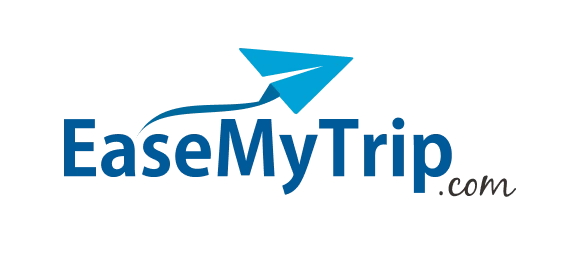
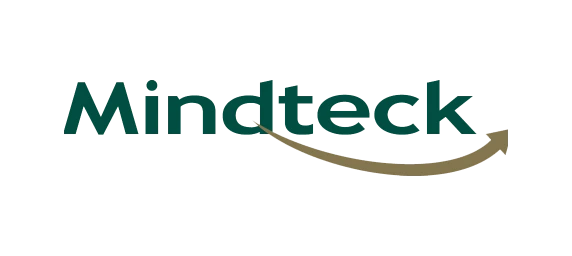
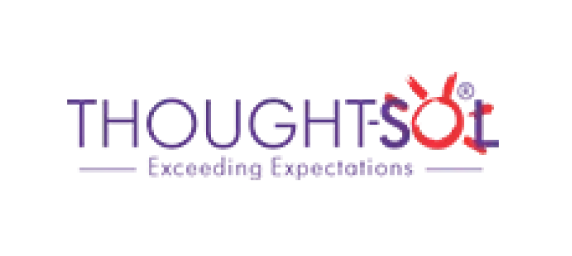


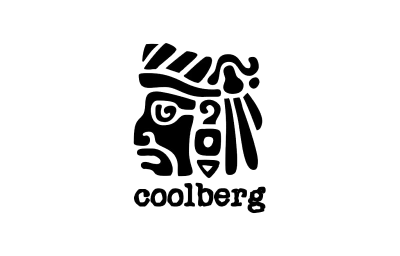
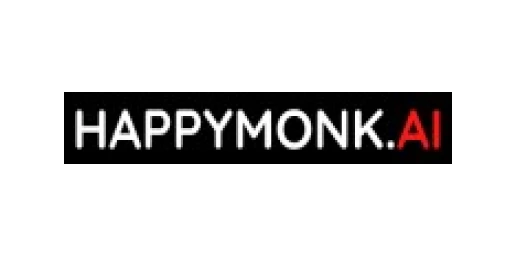




















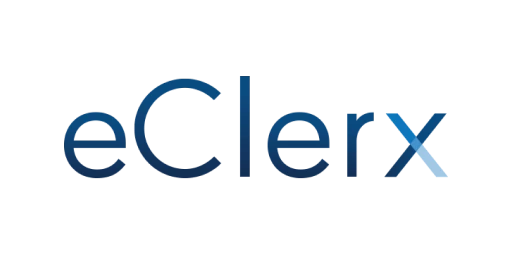
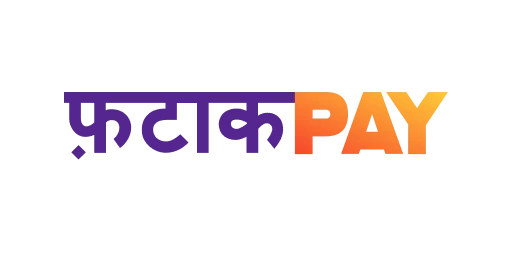
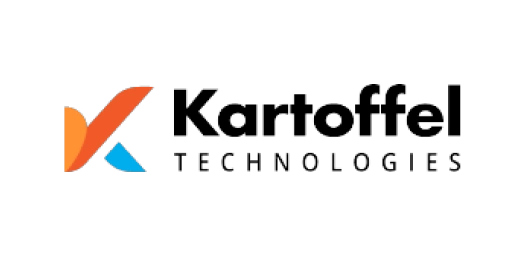
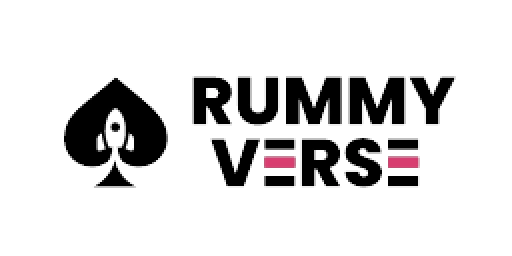
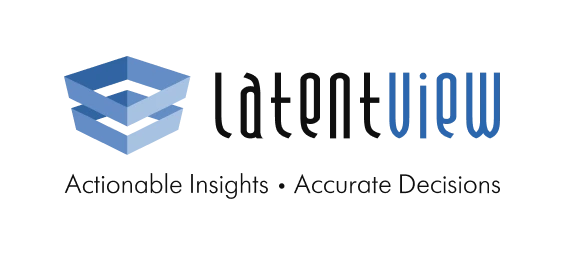




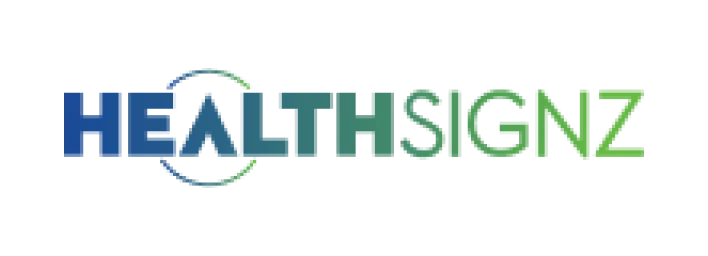




















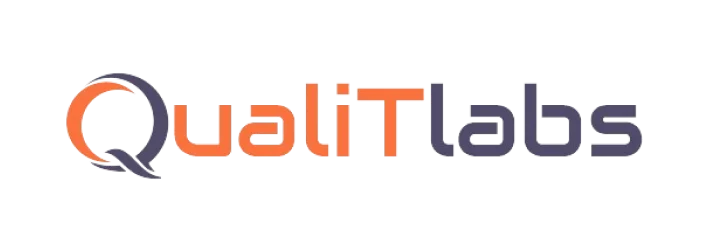

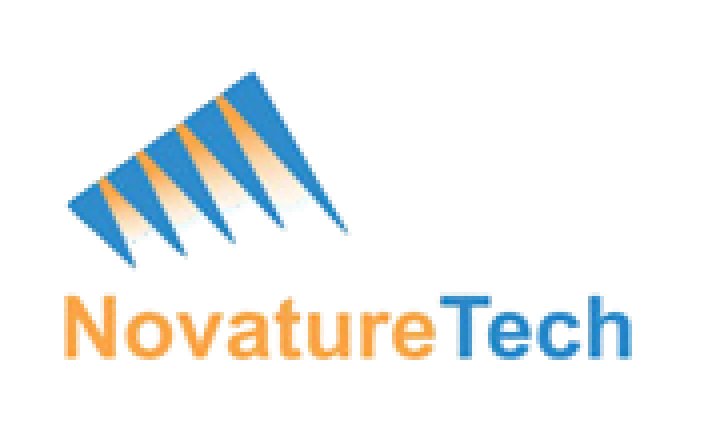
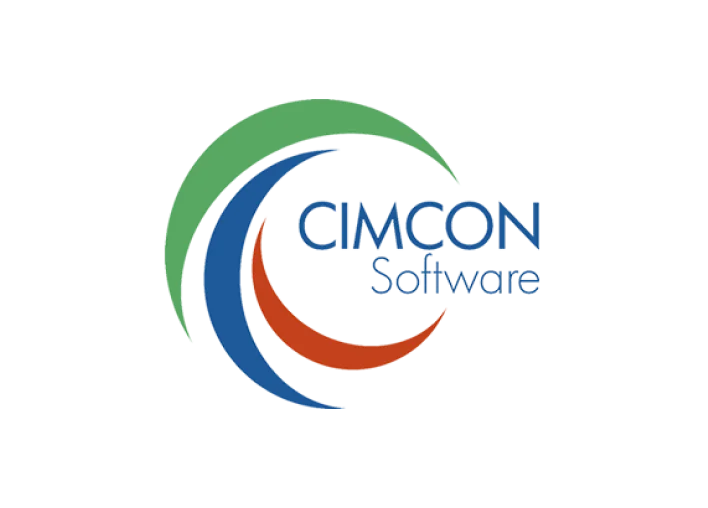
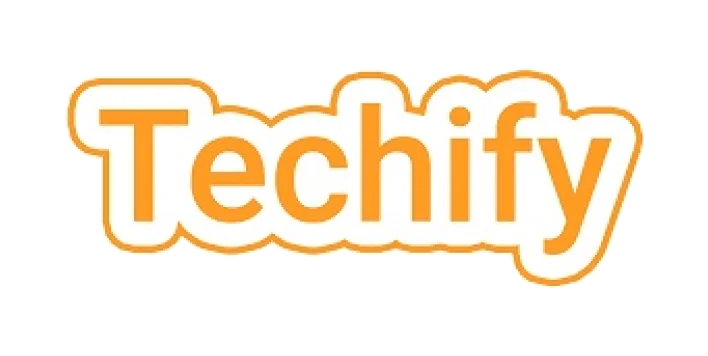
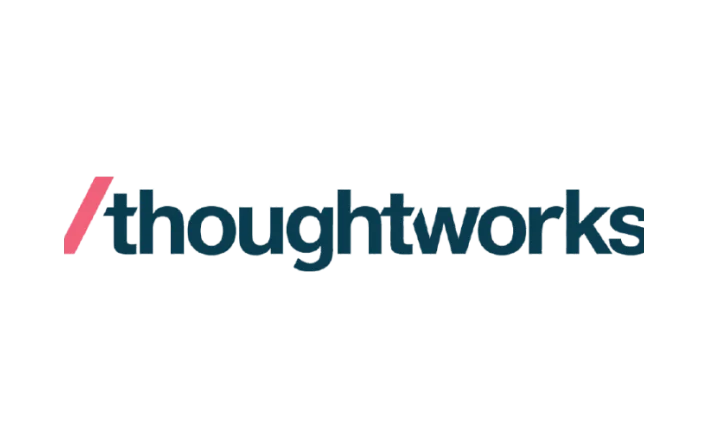

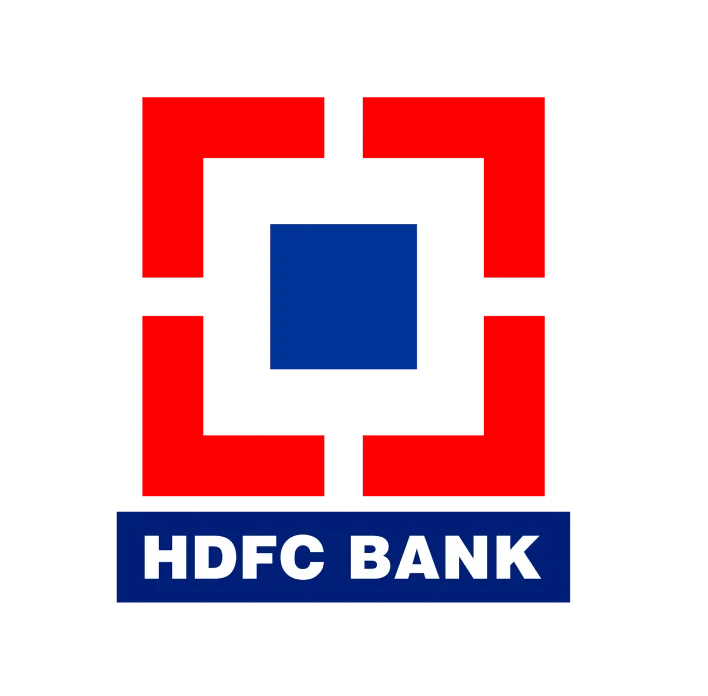
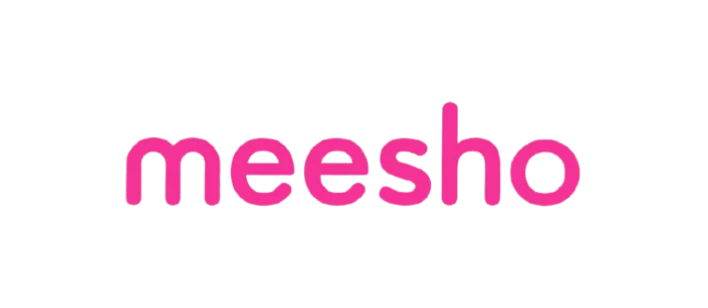
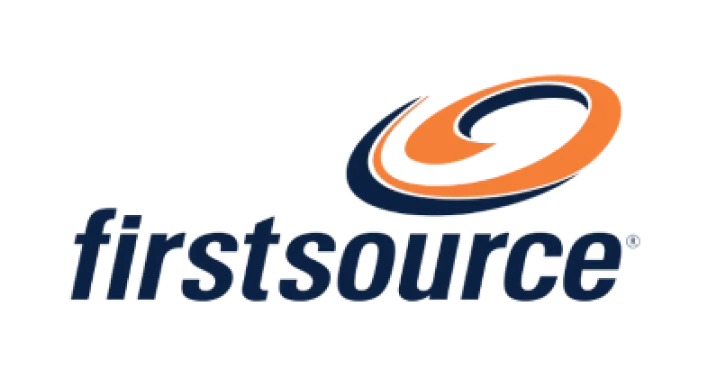
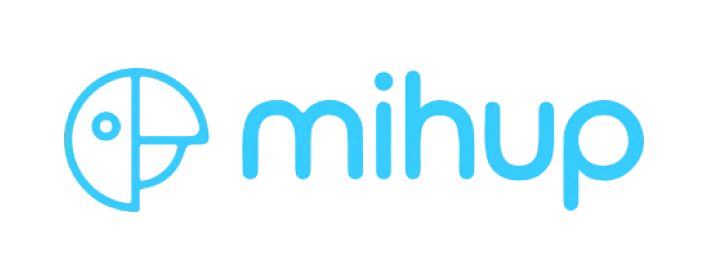

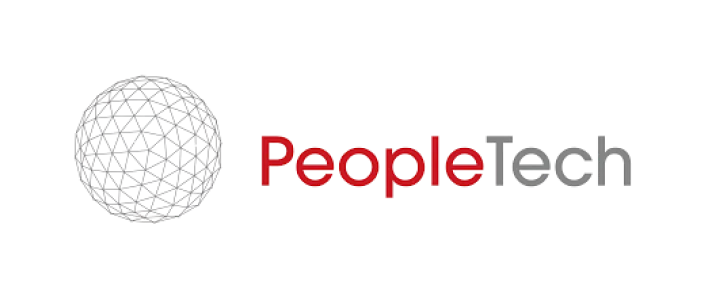


























Devops Course in Bangalore Overview
Looking for the best institute for DevOps in Bangalore? Our comprehensive DevOps course in Bangalore offers an unparalleled learning experience with Gen AI integration. As a premier DevOps institute in Bangalore, we provide 150+ hours of live instructor-led training combined with 100+ hours of practical assignments featuring real-world scenarios. Our DevOps classes in Bangalore are designed to transform beginners into industry-ready professionals through expert DevOps coaching in Bangalore.
Our interactive DevOps classes in Bangalore ensure personalized attention and practical skill development. The DevOps coaching in Bangalore program includes dedicated mentorship sessions for every participant.
Students work on three capstone projects to build a professional portfolio while receiving guidance from a dedicated mentor for instant doubt clarification and support. Upon completion, participants receive a 6-month internship certificate to boost their resume and enhance employability in the competitive market.
What sets our DevOps classes in Bangalore apart is the perfect blend of theoretical knowledge and hands-on practice. The DevOps coaching in Bangalore sessions are conducted by industry veterans who bring real-world insights to every class. Each DevOps course in Bangalore module is carefully structured to ensure progressive learning, making complex concepts easy to understand for all participants.
DevOps Course in Bangalore Details
Who can join the DevOps course
- Software Developers
- IT Operations Specialists
- Systems Administrators
- Quality Assurance Engineers
- Security Professionals
- Cloud Engineers
- Project Managers
Our flexible DevOps course in Bangalore is scheduled to accommodate working professionals and students alike. The weekday DevOps classes in Bangalore options ensure everyone can pursue their learning goals without disrupting their current commitments. Through personalized DevOps coaching in Bangalore, participants receive individual attention to address their specific learning needs.
Prerequisites for the DevOps course in Bangalore
No specific educational qualifications or prior work experience are required to enroll in the DevOps certification value course in Bangalore. This program is open to everyone, regardless of their professional background.
DevOps Certificate
- Internship Certificate
- Course Certificate
- Microsoft Certificate
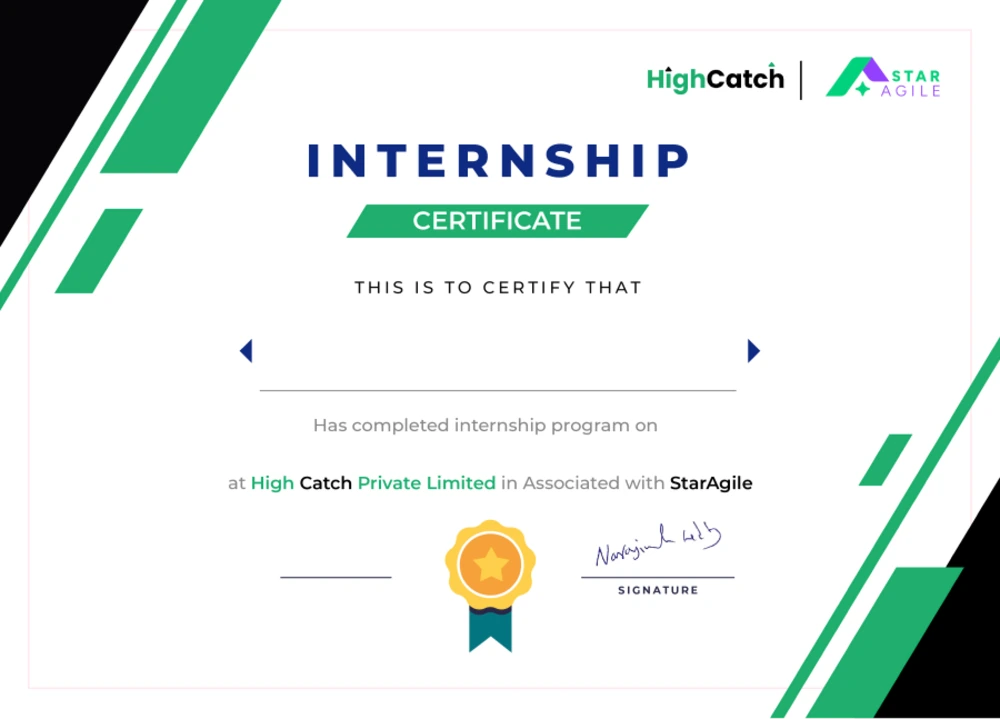
Skills Covered
 Application Development Fundamentals
Application Development Fundamentals  Structured Query Language (SQL)
Structured Query Language (SQL)  Linux Fundamentals
Linux Fundamentals  AWS Fundamentals
AWS Fundamentals  DevOps Overview
DevOps Overview  Managing Source Code – Git and GitHub
Managing Source Code – Git and GitHub  Understanding and Using Build Tools
Understanding and Using Build Tools  Continuous Testing with Selenium
Continuous Testing with Selenium
 Continuous Integration Using Jenkins
Continuous Integration Using Jenkins  Containerization, Docker, and Docker Hub
Containerization, Docker, and Docker Hub  Configuration Management Using Ansible
Configuration Management Using Ansible  Container Orchestration Using Kubernetes
Container Orchestration Using Kubernetes  Monitoring and Logging Using Nagios
Monitoring and Logging Using Nagios  Infrastructure as Code (IaC) Using Terraform
Infrastructure as Code (IaC) Using Terraform  Continuous Deployment Using AWS Services
Continuous Deployment Using AWS Services
Tools Covered










Capstone Projects
DevOps Course in Bangalore FAQs
Yes, StarAgile's best DevOps training in Bangalore with placement offers multiple avenues for gaining practical experience. The program includes 10 assignments and three capstone projects spanning banking, finance, healthcare, and insurance sectors. Participants work on real-world scenarios implementing DevOps practices in these domains. Additionally, eligible participants receive a 6-month internship training certificate, allowing them to apply their acquired knowledge in professional settings and gain experience in collaborative work environments in Bangalore.
Our DevOps training with placement in Bangalore ensures that hands-on experience translates directly to job readiness, making participants highly competitive in the job market.
StarAgile provides comprehensive assistance to participants enrolled in the best DevOps course in Bangalore. Support is available when participants encounter device connectivity problems or course access issues. If you experience difficulties accessing the LMS (Learning Management System), the support team addresses these concerns immediately. For any other technical challenges, you can raise a ticket, and the support team will resolve the issue within two working days.
Our DevOps classes in Bangalore platform is designed for seamless connectivity, and the DevOps coaching in Bangalore team ensures that technical issues never hinder your learning progress.
Your resume should showcase the skills acquired during the premier DevOps training online in Bangalore to provide a competitive advantage in job placement. Align keywords in your resume with the company's requirements. Highlight the tools mastered during training, such as Docker, Git, Kubernetes, Ansible, and Terraform. Include skills like cloud computing services, scripting, Infrastructure as Code, and version control systems learned during the program. At StarAgile, the premier DevOps training institute in Bangalore, qualified participants receive 2 months of placement assistance, which includes dedicated resume-building sessions.
StarAgile delivers best DevOps online training in Bangalore that encompasses major tools such as Maven, Git, Jenkins, Docker, Kubernetes, AWS, Ansible, Github, and Terraform. Participants also master essential technologies, including cloud platforms (AWS, Azure, Google Cloud), Monitoring and Logging systems, Scripting, and Programming. These technologies are crucial for managing DevOps processes effectively and are highly valued in the industry.
At StarAgile, participants master DevOps fundamentals with assistance from experienced trainers. The best DevOps online training in Bangalore addresses critical topics, including DevOps essentials, GitHub, build tools, containerization with Docker, Kubernetes orchestration, CI/CD pipelines, Docker commands and applications, and incorporates Generative AI concepts. The curriculum covers DevOps fundamentals and tools required by industries, including Linux basics, cloud technologies (AWS, Azure, GCP), CI/CD pipelines, Configuration Management, Containerization with Docker, and Kubernetes Orchestration. Participants develop skills in cloud computing services, scripting, Infrastructure as Code, version control systems, and automation in software development. The DevOps training and placement in Bangalore also builds soft skills like collaboration and communication abilities. and also learn about the Azure DevOps Boards.
Yes, if you're considering joining the best DevOps course in Bangalore and would like to experience a demo session, you can attend one. Simply contact the support team to obtain information about the demo session schedule and receive instructions on how to participate.
The demo DevOps classes in Bangalore provide a comprehensive preview of the teaching methodology and course structure. During the trial DevOps coaching in Bangalore session, you can interact with trainers and experience the quality of our DevOps course in Bangalore firsthand. and also know about the Azure DevOps Boards.
Yes, StarAgile has established a collaboration with IBM that provides benefits to learners. Participants enrolled in StarAgile's DevOps course in Bangalore can leverage advantages through this partnership. For detailed information about specific industry partnerships and collaboration programs, contact the support team directly. and know about the terraform in DevOps.
For information regarding corporate or team enrollment options for the best DevOps training in Bangalore with placement, it's recommended to reach out to StarAgile's support team directly. They can provide specific details about group training arrangements and customized corporate packages.
Yes, StarAgile provides comprehensive post-training assistance through its DevOps course with placement in Bangalore, but only for qualified candidates. Participants with attendance exceeding 75%, timely project completion, and who successfully clear the competency test receive a 2-month assistance program. This support includes resume building, profile optimization, DevOps interview preparation materials, and competency assessments. All this assistance is provided during the best DevOps training in Bangalore with placement.
The comprehensive support system is what makes us the best institute for DevOps in Bangalore. Our DevOps training and certification in Bangalore includes post-completion assistance that continues until you achieve your career goals. and also learn about the devops learning path.
The best DevOps course in Bangalore holds significant importance as it's designed by industrial experts following a well-structured curriculum used for premier online training. The course addresses essential topics and DevOps skills demanded by industries. It teaches principles and tools for implementing DevOps practices effectively. StarAgile's course in Bangalore typically encompasses CI/CD, Infrastructure as Code (IaC), monitoring, Generative AI, and collaboration techniques. Participants master tools like Docker, Kubernetes, and Jenkins. Ultimately, the program prepares participants for DevOps roles, equipping them with knowledge to drive efficient software delivery processes in organizations. and also learn about the DevOps Principles.
Candidates who obtain DevOps certification in Bangalore after completing the training possess comprehensive knowledge of DevOps fundamentals and its tools, while also developing skills required for effective participation in DevOps teams. These qualifications create opportunities for substantial salary growth. Candidates can anticipate a minimum DevOps salary range of 5–25 LPA after completing the DevOps certification course in Bangalore. Based on individual skills and interview performance, salaries may vary. Job prospects are significantly enhanced with premier DevOps course training in Bangalore. and also know about the DevOps Manager Salary.
Yes, the course content for the best DevOps training in Bangalore is accessible through mobile devices or tablets. However, a laptop or computer with a larger screen is recommended for an optimal viewing experience. Participants can access the course from anywhere in Bangalore using a suitable device and internet connection. Contact the support team if you have questions about DevOps course in Bangalore, access, and technical requirements.
StarAgile has extensive experience training over 300,000 candidates globally. The best DevOps online training in Bangalore is conducted by certified trainers possessing more than 15 years of industrial experience. Training incorporates real-world examples, and experienced instructors simplify complex concepts. To enhance practical experience, the course includes three capstone projects and assignments. Qualified participants receive 2 months of placement training. StarAgile provides letters of recommendation. The course content incorporates Generative AI concepts. Participants receive lifetime access to the DevOps course in Bangalore study materials to continuously enhance their DevOps knowledge. These features establish StarAgile as the premier DevOps training institute in Bangalore and distinguish it from other market offerings.
The excellence of DevOps classes in Bangalore at StarAgile stems from a perfect combination of expert instruction, comprehensive curriculum, and practical focus. Our DevOps coaching in Bangalore approach emphasizes individual attention and personalized learning paths. The DevOps course in Bangalore structure ensures that every participant, regardless of their background, can master DevOps concepts and tools effectively.
These comprehensive offerings, combined with our placement track record, establish us as the DevOps best training institute in Bangalore. Our DevOps training and certification in Bangalore stand out for its holistic approach to career development. and also know about the How to Crack DevOps interview.
The most valuable programming language for the DevOps course training with placement in Bangalore is Python. It's versatile, user-friendly, and features extensive libraries, making it perfect for software development automation, scripting, and developing CI/CD pipelines. Additionally, proficiency in Bash scripting is crucial for managing Linux environments. Familiarity with Go and Ruby can also prove beneficial, as they are frequently utilized in DevOps tools and frameworks. and also know about the Orchestration in DevOps.
StarAgile delivers the best DevOps online training in Bangalore that encompasses major tools, including Docker, Git, Kubernetes, Ansible, Terraform, Maven, Nagios, and Jenkins, which significantly enhance productivity. Participants also master technologies such as cloud platforms (AWS, Azure), Monitoring and Logging systems, Scripting, and Programming. The training covers DevOps best practices that organizations follow, including Continuous Integration (CI), Continuous Delivery (CD), Infrastructure as Code (IaC), Monitoring and Logging, Collaboration and Communication, Automated Testing, Microservices Architecture, Version Control, and Feedback Loops. StarAgile's best DevOps training in Bangalore with placement incorporates all these practices to maximize value for participants. and also learn about the Mavan Interview questions for DevOps.
After completing the 4 months of online training in Bangalore, participants receive a DevOps course in Bangalore completion certificate from StarAgile. Participants also obtain a 6-month internship training certificate. These certifications demonstrate your competency in DevOps fundamentals, tools, and practices learned during the training. The certificates are recognized credentials that enhance your professional profile. Participants also receive lifetime access to course content and the LMS, enabling continuous skill enhancement.
Yes, StarAgile's comprehensive DevOps course training in Bangalore enables participants to master DevOps from the ground up. Beginners can enroll in the course and develop the DevOps skills demanded by the industry. Industrial experts developed the best DevOps training in Bangalore to provide participants with a competitive advantage in the market. The DevOps certification course in Bangalore is specifically designed for newcomers, as participants without prior experience regularly enroll in the program.
The beginner-friendly curriculum makes us the best institute for DevOps in Bangalore for newcomers. Our DevOps best training in Bangalore ensures that even those without technical backgrounds can successfully transition into DevOps careers.
Upon successfully completing the 4-month online program, participants receive a course completion certificate issued by StarAgile for the best DevOps training in Bangalore with placement. Additionally, participants are awarded a 6-month internship training certificate. StarAgile also provides letters of recommendation to qualified participants. To be eligible for the complete certification benefits, participants should maintain attendance above 75%, complete projects and assignments punctually, and successfully clear the competency test.
The course fees range from ₹49,999 to ₹95,998, varying based on StarAgile's promotional percentages. The course fee includes the DevOps training and certification in Bangalore cost.
Participants with more than 75% attendance, who complete the projects and assignments on time and clear a competency test, will receive 2 months of placement training. Participants who enroll in the placement training will sign an ISA certificate and must pay an additional ₹20,000 after securing employment through StarAgile's placement support.
To ensure accessibility for aspiring professionals, StarAgile offers a zero-cost EMI option for the best DevOps training in Bangalore with placement. This financial flexibility, combined with quality education, positions StarAgile as the best DevOps training institute in Bangalore for aspiring professionals at all financial levels. Our DevOps training and certification in Bangalore remains accessible without compromising on quality.
StarAgile's premier DevOps training course in Bangalore is ideal for IT team leaders, software developers, cloud engineers, security professionals, Agile practitioners, deployment engineers, architects, and software testers. The DevOps training and placement in Bangalore welcomes both IT and non-IT professionals interested in building a career in DevOps. The course is also accessible to individuals eager to master the complete DevOps roadmap in Bangalore and enter this professional domain. Even fresh graduates can enroll in the best DevOps online training in Bangalore.
No, you don’t need any specific educational qualifications or experience-based prerequisites for the DevOps certification course in Bangalore. Individuals from any professional background can enroll in the training. Fresh graduates are welcome to register for the best DevOps online training in Bangalore. However, since DevOps processes involve programming tasks, familiarity with any programming language and basic Linux knowledge will provide an advantage during the training sessions.
At StarAgile, participants receive online, live, instructor-led training in Bangalore. Seasoned trainers with over 15 years of industrial experience guide you through learning DevOps fundamentals via engaging, interactive DevOps classes in Bangalore. The training is conducted weekly with dedicated doubt clarification sessions. The DevOps certification course in Bangalore is specifically designed for participants at all levels, including beginners.
The live, interactive nature of our DevOps classes in Bangalore ensures maximum engagement and learning effectiveness. The personalized DevOps coaching in Bangalore sessions allow for real-time doubt clarification and a deeper understanding of complex topics.
After completing the 4-month online program in Bangalore, participants receive a course completion certificate from StarAgile. Participants also obtain a 6-month internship training certificate. StarAgile provides letters of recommendation to qualified participants. These credentials validate your DevOps expertise and enhance your professional profile in the job market.
StarAgile believes that training with expert instructors maximizes learning outcomes for participants. The instructors conducting the DevOps training in Bangalore with placement are certified professionals possessing more than 15 years of industrial knowledge. These experts teach by incorporating real-world examples during training sessions. The course provides a comprehensive package of theoretical and practical knowledge, transferred to participants through these seasoned trainers.
StarAgile's online DevOps training in Bangalore is conducted over a period of 4 months. The program includes intensive online virtual training sessions conducted on weekdays. Participants have mentoring sessions with trainers once a week. Daily half-hour doubt clarification sessions are provided based on the training content. The training incorporates three capstone projects, assignments, and practical training opportunities for participants. Qualified participants can access an additional 2 months of placement assistance support through the DevOps course with placement in Bangalore.
To enroll in the premier DevOps training institute in Bangalore, follow these straightforward steps:
- Navigate to the StarAgile website and locate the DevOps certification course page
- Review the list of upcoming training batches in Bangalore
- Choose a suitable batch and complete enrollment by submitting your personal information
- Process payment for the DevOps course training fees in Bangalore through your preferred payment method
- StarAgile will email the training session link to enrolled participants
- Access the link to commence training on the designated start date
StarAgile offers DevOps online training that can be accessed from anywhere with an internet connection. Since the training is conducted virtually through live, instructor-led online sessions, participants from Bangalore and any other location can enroll and attend the DevOps training and placement in Bangalore. For specific information about physical training centers or city-specific batches, contact the support team.
Yes, you can withdraw from the DevOps certification course in Bangalore if you're unsatisfied with the training. You will be eligible for a refund only if you submit a refund request within 3 days of the enrollment date. If you need to withdraw after exceeding 3 days from enrollment, you are not eligible for a refund.
Our commitment to quality makes the DevOps classes in Bangalore refund policy fair and transparent. We're confident in the value our DevOps coaching in Bangalore provides, and the refund option ensures you can make your decision risk-free.
Yes, participants receive the DevOps course in Bangalore content that remains accessible for a lifetime. The LMS (Learning Management System) can also be accessed by participants throughout their lifetime. These features establish StarAgile as the premier DevOps training institute in Bangalore, enabling continuous learning and skill enhancement.
Participants can pursue the premier DevOps course in Bangalore, which addresses all mandatory topics and includes practical skill development projects. Various assessments are conducted during the training to evaluate participants' understanding. These are administered in formats such as:
- Quizzes and assignments
- Project work
- Examinations
These assessments help evaluate performance and facilitate necessary improvements during the premier DevOps training online in Bangalore.
With assistance from industry experts, StarAgile regularly updates the premier curriculum and content of DevOps course in Bangalore to maintain alignment with industry requirements. The content revisions keep you informed of industrial changes and emerging trends. StarAgile has recently incorporated Generative AI into the course curriculum as the latest enhancement to ensure participants receive market-relevant training.
DevOps Certification in Bangalore Additional FAQs
DevOps practices originated to enhance collaboration between development teams and IT operations teams. The DevOps training in Bangalore teaches principles and practices that bridge the gap between these teams. Participants learn collaboration techniques, communication skills, and tools that facilitate seamless interaction. The DevOps course in Bangalore emphasizes shared responsibility between cross-functional teams in software development, teaching how teams work together to enhance communication, automate processes, and ensure rapid feedback. This DevOps approach enables quicker releases, improved software quality, and alignment with business requirements, resulting in enhanced customer satisfaction and competitive advantage.
While the available information focuses on the DevOps certification course in Bangalore, StarAgile is known to offer various technology and professional development courses. For a comprehensive list of all courses offered by StarAgile, including certifications in Cloud Computing, Agile, Project Management, and other IT domains, visit the StarAgile website or contact their support team directly.
DevOps is a software development approach that emphasizes the importance of collaboration between development and operations teams to improve efficiency and quality of software. The approach implements continuous integration and delivery, reducing the time between coding and deploying software. DevOps aims to strengthen shared responsibility between cross-functional teams in software development, where teams work together to enhance communication, automate processes, and ensure rapid feedback. This DevOps process facilitates quicker releases, improved software quality, and alignment with business requirements, resulting in enhanced customer satisfaction and competitive advantage. The demand for DevOps in Bangalore and globally is growing as organizations upgrade to DevOps practices to increase software quality and reduce development time.
DevOps is a software development approach that emphasizes the importance of collaboration between development and operations teams to improve efficiency and quality of software. The approach implements continuous integration and delivery, reducing the time between coding and deploying software. DevOps aims to strengthen shared responsibility between cross-functional teams in software development, where teams work together to enhance communication, automate processes, and ensure rapid feedback. This DevOps process facilitates quicker releases, improved software quality, and alignment with business requirements, resulting in enhanced customer satisfaction and competitive advantage. The demand for DevOps in Bangalore and globally is growing as organizations upgrade to DevOps practices to increase software quality and reduce development time.
The best DevOps course in Bangalore can be challenging due to its broad scope and comprehensive curriculum. However, with dedication, practical experience, and structured resources, individuals can progressively develop the necessary skills to succeed in DevOps roles. The DevOps course training from StarAgile in Bangalore helps you understand DevOps concepts, tools, and techniques required by organizations. With experienced trainers possessing over 15 years of industrial knowledge and real-world examples incorporated into teaching, the learning process becomes more manageable and effective. and also know about the Monitoring Tools in DevOps.
Some best practices of DevOps that organizations follow include:
- Continuous Integration (CI)
- Continuous Delivery (CD)
- Infrastructure as Code (IaC)
- Monitoring and Logging
- Collaboration and Communication
- Automated Testing
- Microservices Architecture
- Version Control
- Feedback Loops
StarAgile's premier DevOps training in Bangalore incorporates all these practices to provide valuable, industry-relevant knowledge to participants. and also know about the How to Become DevOps Engineer.
DevOps practices hold substantial career scope because the number of companies adopting DevOps is expanding daily. The salaries for DevOps roles are competitive due to the specialized skills and responsibilities involved. Professionals enjoy diverse advancement opportunities and work with modern tools and technologies. The demand for DevOps professionals is increasing and expected to remain high in 2025 and beyond due to rapid technological advancements and the growth of automation in software development. Holding the premier certification for DevOps from StarAgile in Bangalore will provide an advantage in your career prospects. Job postings for DevOps have increased by 25% annually in the last 3 years, indicating a promising DevOps career path in 2025 and the upcoming years. and also know about the DevOps Books.
DevOps is a software development approach that emphasizes collaboration between development and operations teams to improve efficiency and software quality. The methodology implements continuous integration and delivery, reducing the time between coding and deploying software. DevOps aims to strengthen shared responsibility between cross-functional teams in software development, where teams collaborate to enhance communication, automate processes, and ensure rapid feedback. This approach facilitates quicker releases, improved software quality, and alignment with business requirements, resulting in enhanced customer satisfaction and competitive advantage for organizations.
Candidates from non-IT backgrounds can enter the best DevOps course in Bangalore since there are no formal prerequisites for DevOps training. Candidates can master DevOps from scratch at StarAgile in Bangalore. Individuals from any professional background interested in pursuing a career in DevOps can join the course. Candidates can create new job opportunities in DevOps by enrolling in the DevOps course training in Bangalore. and also know about the Devsecops Vs DevOps.
A DevOps Engineer is a professional who manages the software development lifecycle (SDLC) and bridges the gap between development and IT operations teams. This role involves implementing and maintaining CI/CD pipelines, managing infrastructure using Infrastructure as Code tools, monitoring software performance, and ensuring efficient collaboration between teams. DevOps engineers work with various tools like Docker, Kubernetes, Jenkins, Git, Ansible, and Terraform to automate processes and enhance software delivery efficiency. They combine technical expertise with collaboration skills to drive continuous improvement in software development and deployment processes.
The DevOps lifecycle encompasses continuous processes that enhance collaboration between development and operations teams. It typically includes phases such as Continuous Development (planning and coding), Continuous Integration (building and testing code regularly), Continuous Deployment (automated deployment to production), Continuous Monitoring (tracking application performance), and Continuous Feedback (gathering insights for improvement). The lifecycle emphasizes automation, collaboration, and continuous improvement throughout the software development and deployment process. StarAgile's DevOps training in Bangalore covers the complete lifecycle, teaching participants how to implement each phase effectively using industry-standard tools and practices. and also know about the DevOps Architect Salary.
Upon obtaining certification from the DevOps training in Bangalore, numerous career opportunities become available across various organizations, including roles such as:
- DevOps Engineer (manages SDLC and bridges development and operations)
- Site Reliability Engineer (combines software engineering with systems administration)
- Cloud Engineer (manages cloud platforms like AWS, Azure, Google Cloud)
- Release Manager (oversees software release processes)
- Automation Engineer (implements automated testing and deployment)
- Infrastructure Engineer (manages and optimizes IT infrastructure)
- DevOps Architect (designs DevOps strategies and architectures)
- Cloud Solutions Architect (designs cloud-based solutions)
Major companies actively hiring DevOps professionals in Bangalore include Amazon, Google, Microsoft, Facebook (Meta), Netflix, Spotify, Uber, Salesforce, IBM, Oracle, Red Hat, and Cisco.
Yes, StarAgile's DevOps certification course in Bangalore is highly practical and includes extensive hands-on components. The program features 10 assignments and 3 capstone projects spanning banking, finance, healthcare, and insurance domains. Participants gain practical experience implementing DevOps practices in real-world scenarios across these sectors. The training combines theoretical knowledge with practical learning opportunities, including working with tools like Docker, Git, Kubernetes, Jenkins, Ansible, and Terraform. Additionally, qualified participants receive a 6-month internship training certificate, providing professional experience in applying DevOps concepts in actual work environments. This practical approach establishes StarAgile as the premier DevOps training institute in Bangalore.
The hands-on nature of DevOps classes in Bangalore at StarAgile ensures that theoretical knowledge is immediately applied through practical exercises. Our DevOps coaching in Bangalore includes guided lab sessions where participants work on real infrastructure and deployment scenarios. This practical emphasis makes our DevOps course in Bangalore one of the most job-ready programs in the market.
Distinctions and Achievements


About DevOps Certification in Bangalore
Certificates and Benefits of the Best DevOps Training in Bangalore
Upon successfully finishing the 4-month online program, participants receive a DevOps course in Bangalore completion certificate issued by StarAgile. Additionally, trainees are awarded a 6-month internship training certificate. StarAgile also provides letters of recommendation to qualified participants.
Eligible candidates gain access to comprehensive placement support in Bangalore, including resume building, profile optimization, business communication skills, soft skills enhancement, competency assessments, and mock interview practice sessions. These extensive offerings establish StarAgile as the premier DevOps training institute in Bangalore.
How to register for DevOps online training in Bangalore?
To enroll in the best DevOps training institute in Bangalore, follow these simple steps:
- Navigate to the StarAgile website and locate the DevOps certification course page
- Review the list of upcoming training batches in Bangalore
- Choose a suitable batch and complete enrollment by submitting personal details
- Process payment for the DevOps course training fees in Bangalore through your preferred payment option
- StarAgile will email the training session link to enrolled participants
- Trainees can access the link to commence training on the designated start date
Once enrolled, participants gain immediate access to the learning portal where all DevOps classes in Bangalore sessions are recorded and made available. This ensures that if you miss any live DevOps coaching in Bangalore sessions, you can catch up at your convenience. The flexible learning approach of our DevOps course in Bangalore supports both self-paced review and scheduled live interactions.
Length of the Complete DevOps Course in Bangalore
StarAgile's online DevOps training in Bangalore runs for a period of 4 months. Upon completion of the training, participants receive their course completion certificate.
Qualified participants can access an additional 2 months of placement assistance support through the DevOps course with placement in Bangalore.
Latest Updates to the Complete DevOps Course Content in Bangalore
StarAgile, the premier DevOps training institute in Bangalore, has recently incorporated Generative AI into the best DevOps course in Bangalore curriculum. This enhancement expands understanding of AI applications in DevOps for:
- Automating routine tasks
- Strengthening security measures
- Facilitating predictive analytics
- Accelerating development cycles
- Minimizing errors
- Optimizing resource utilization
Our progressive DevOps classes in Bangalore incorporate the latest industry trends and emerging technologies. The adaptive DevOps coaching in Bangalore methodology ensures that each participant learns at their optimal pace while meeting industry standards. The continuously updated DevOps course in Bangalore content keeps you ahead of market demands and technological shifts.
Advantages of the Best DevOps Training in Bangalore
Enrolling in the DevOps course with placement in Bangalore offers significant career growth and salary increases post-certification.
The DevOps training curriculum in Bangalore integrates Generative AI, keeping you current with industry trends. Gen AI automates repetitive tasks, improves program quality, and accelerates development cycles within DevOps workflows.
The internship component in the best DevOps training in Bangalore with placement provides hands-on experience, allowing you to apply knowledge in real-world scenarios while developing professional communication and collaboration skills.
Following the DevOps learning path in Bangalore helps you boost software development efficiency, optimize resource allocation, and master team productivity techniques. These knowledge-based advantages come with the best DevOps online training in Bangalore, making certified candidates highly attractive to potential employers.
Why enroll in StarAgile’s complete DevOps Course in Bangalore in 2025?
The requirement for DevOps professionals continues to rise and is projected to stay strong through 2025 and subsequent years. This consistent demand stems from accelerating technological progress and expanding automation in software development. Here are additional compelling reasons to join the DevOps course training in Bangalore in 2025:
Industry Recognition
The comprehensive DevOps course in Bangalore from StarAgile is recognized by leading companies across various industries. Our graduates who attend DevOps classes in Bangalore are highly sought after by top employers. The intensive DevOps coaching in Bangalore ensures that participants not only learn tools and technologies but also understand DevOps culture and best practices. This holistic approach to our DevOps course in Bangalore prepares professionals for leadership roles in their organizations.
The DevOps training and certification in Bangalore from StarAgile is recognized by leading companies across various industries. Our status as the best DevOps training institute in Bangalore is reinforced by consistent hiring from top employers. The DevOps best training in Bangalore we provide prepares professionals not just for current roles, but for future leadership positions.
Organizations Recruiting DevOps Engineers in Bangalore
Numerous leading global corporations across various industries are actively seeking DevOps professionals in Bangalore. Several major organizations that have embraced DevOps practices or are currently hiring DevOps engineers include:
- Amazon
- Microsoft
- Facebook (Meta)
- Netflix
- Spotify
- Uber
- Salesforce
Many additional multinational companies are transitioning toward DevOps methodologies by 2025 and beyond. This shift will drive increased demand across various sectors, from technology leaders to financial services firms and retail enterprises in Bangalore.
These organizations actively seek candidates who have completed DevOps training and certification in Bangalore from reputed institutes like StarAgile. As the best institute for DevOps in Bangalore, we maintain strong industry connections that benefit our graduates during placement.
Career Advancement Opportunities in Bangalore
Career transformation possibilities available through DevOps in Bangalore include:
- Streamlining processes by automating manual operations, refining workflows, and implementing continuous integration and deployment (CI/CD) practices. Through comprehensive knowledge of DevOps tools and methodologies, participants can deliver greater value to employers.
- Advancement opportunities within the DevOps field in Bangalore are abundant, including progression to roles such as DevOps Architect or Cloud Solutions Architect, providing pathways for continued career development.
To capitalize on market demand and enter this thriving job market, enroll with StarAgile today, the premier DevOps training institute in Bangalore.
Transform Your Career Today
Whether you're starting your tech journey or advancing your current career, our DevOps course in Bangalore provides the perfect launchpad. The engaging DevOps classes in Bangalore combine theoretical depth with practical application, ensuring comprehensive skill development. Our expert DevOps coaching in Bangalore team is committed to your success, providing continuous support throughout your learning journey and beyond. Join thousands of successful professionals who have transformed their careers through our industry-leading DevOps course in Bangalore program.
Join the best DevOps training institute in Bangalore and experience education that truly transforms careers. Our DevOps training and certification in Bangalore is more than just a course—it's a complete career acceleration program. With DevOps best training in Bangalore, you gain the skills, confidence, and network needed for long-term success.
Comprehensive Training Solutions for Enterprises


































































 Learn DevOps with Gen AI
Learn DevOps with Gen AI 
















